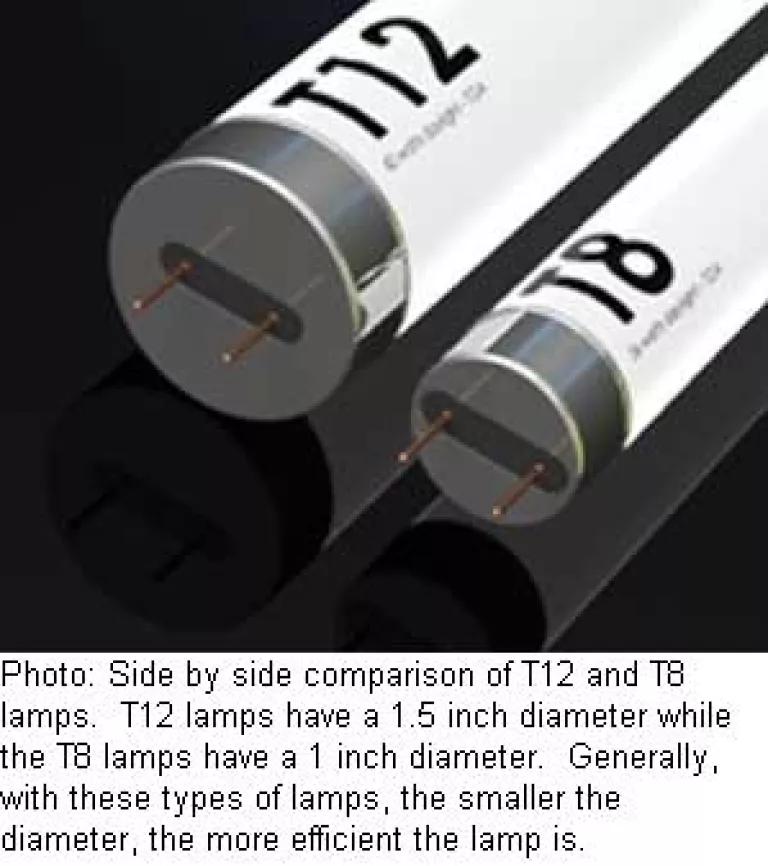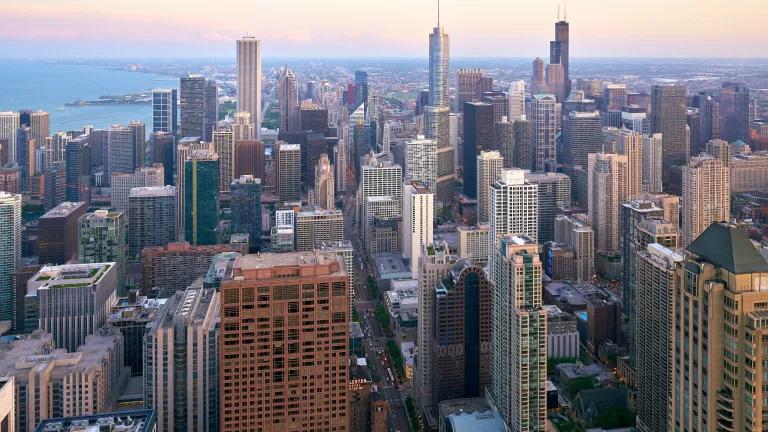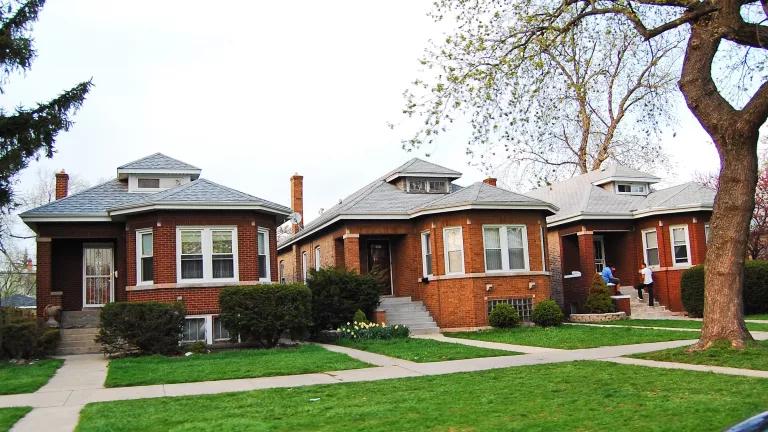
Walking into Franklin Center, I immediately stood a little straighter. The high ceilings and skylight direct my attention upward while the marbled and gold-leaf trimmed lobby extending through the entire city block provided a sense of vastness and grandeur.
So, my guess is that few people who visit Franklin Center ever think to themselves, “Boy, this building needs a retrofit.” After all, it’s not particularly old, especially compared to many of Chicago’s landmark skyscrapers. Completed in the late 80s and early 90s as the AT&T Corporate Center, the two buildings, 60-floors and 34-floors tall, comprising Franklin Center are currently owned and operated by Tishman Speyer. It’s obvious that the building is well managed, so the notion that it is a strong candidate for an energy efficiency makeover might well be counterintuitive.
In fact, newer buildings are often great candidates for energy efficiency retrofits, and Franklin Center is proving that, while providing leadership among its peers by participating in Retrofit Chicago’s Commercial Buildings Initiative. As I mentioned in a previous post, this summer NRDC’s Midwest Program joined Mayor Emanuel in announcing the initiative, aimed at significantly reducing the energy needs of Chicago’s commercial buildings. Fourteen major commercial buildings, with a combined 14 million square feet of space, stepped up and committed to cutting their energy needs by 20% over the next five years through energy efficiency improvements.

NRDC’s team met with Ryan Tinus, Sustainability Manager, who is responsible for Tishman Speyer’s energy initiatives in Chicago. Working with the building engineers, he is doggedly pursuing cost-effective investments that will drive down energy costs and save money for the owners and tenants.
Three things jumped out at me regarding how Franklin Center is working to achieve its 20% reduction commitment. First, Tishman Speyer is successfully engaging the buildings tenants, which is one of the big challenges faced by office buildings. As described more below, the company had quite a bit of initial success motivating tenants to take advantage of incentives to retrofit their lighting, and is continuing to reach out to more tenants with more opportunities. Second, part of Franklin Center’s strategy is to address the growing energy use of data centers, which are quickly becoming the energy hogs of office buildings everywhere. And finally, the company has made energy efficiency a core value of its building operators, who are increasingly expected to show continuous improvement in building energy use.
Franklin Center also is utilizing programs offered by ComEd, our local utility, to achieve its goals, including ComEd’s commercial real estate bonus program. If Franklin Center reduces its energy use by 1,000,000 kWh (or the equivalent of taking 135 of cars off the road), it will receive a $60,000 bonus. These programs save ratepayers money by offsetting the need to generate, transmit and distribute more electricty from expensive power plants. NRDC has long advocated for utility energy efficiency policies in Illinois and throughout the country, so it was gratifying to see first-hand how our state policy work can help to drive the success of urban sustainability initiatives like the Commercial Buildings Initiative.

Replacing inefficient lighting is one of the most cost-effective ways to generate savings in commercial buildings, and Franklin Center was no exception to this rule. Tishman Speyer decided to use this “low-hanging fruit” as an entry point for tenant engagement. The major tenants of Franklin Center are law firms and financial companies. The landlord was proactive: making a list of known tenants using T12 lamps and coordinating two lighting companies to walk through the building and provide individual assessments to tenants of their energy use, the cost to make lighting improvements, and the savings they would get when upgrading to more energy efficient lamps. Thirteen tenants, or about 30-40% of the tenants, went through this assessment process. Four tenants have already committed to updating their lighting, or about 10% of the square feet of the tenant space. The payback period, meaning the amount of time it takes for the improvements to start saving money for Tishman Speyer and their tenants, is only 2.5 years. Any tenant whose lease will last at least three more years will pocket savings from this kind of effort.
While continuing to promote the lighting retrofits, Tishman Speyer is beginning phase two of the tenant engagement strategy – data centers. Ryan hopes to use the same model as the lighting program – provide tenants with an analysis of their data centers’ energy use and with proposals to make them more energy efficient. If you have any doubt about the enormous impact on energy use caused by inefficient data centers, I encourage you to check out my colleague’s, Pierre Delforge’s, blog post and white paper about data centers and energy efficiency to learn more. Pierre’s research shows that U.S. business could save $2 billion every year by using data center energy more efficiently.
A critical aspect of the work at Franklin Center is that the building owners are prioritizing energy management as a long term cost reduction strategy, with the expectation that building engineers will be able to continuously find cost-effective ways to reduce energy consumption and save money. Continuous improvement through consistent energy management is partly a function of the building owner’s commitment to energy efficiency, but it is greatly facilitated by emerging technology that makes it possible to monitor energy use with real-time data. With energy use monitoring software, malfunctioning energy system controls can be identified and addressed immediately. Tishman Speyer is utilizing real-time energy meters at all of its U.S. properties.
As part of Retrofit Chicago’s Commercial Building Initiative, Franklin Center is not only doggedly pursuing its goal of reducing energy use by 20% over the next five years, it is also testing and demonstrating strategies that can help other buildings overcome persistent barriers to energy efficiency. Tishman Speyer is getting tenants engaged in the effort, is addressing the growing issue of excessive energy use in data centers, and is implementing a long-term energy management strategy that will seek and find cost-effective energy savings continuously over the building’s lifetime.
This post was co-written with NRDC’s MAP Energy Policy Fellow Kimi Narita.
Franklin Center photos courtesy of Tishman Speyer.
Source for photo of T12 and T8 lamps.


